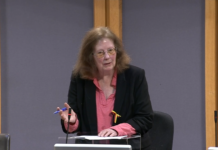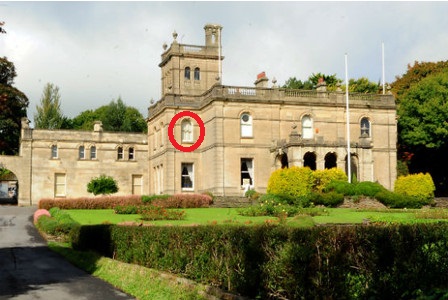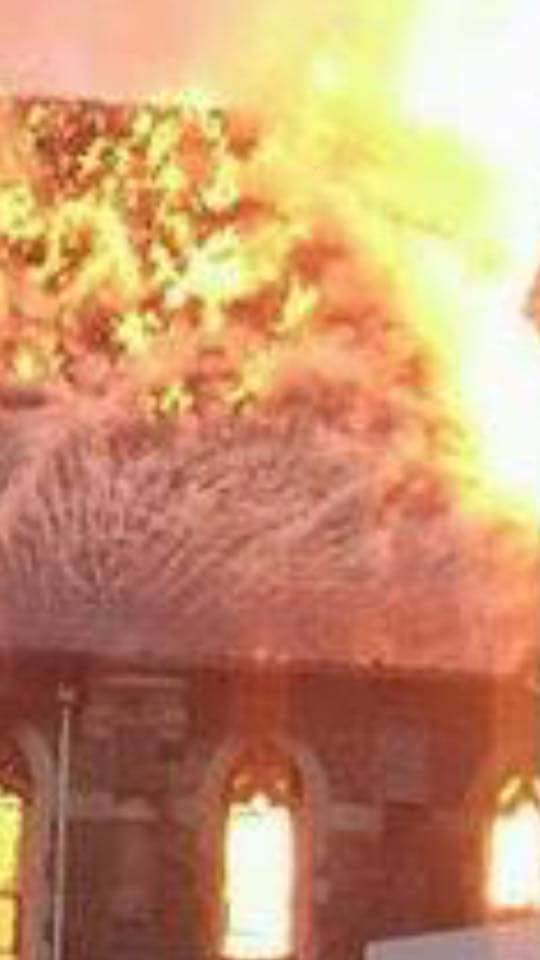Samhain is upon us tomorrow, (or Halloween as its better known), and it is my favorite time of year!
Many of us dress up, go trick or treating or for the older ones head to the pub in fancy dress and make up! As it is my favorite time of the year, I thought I would recycle the article we wrote up last year about in my eyes the true story of halloween. This article was called ‘The Pagan Story Behind Halloween’ and is below. Enjoy your read, Happy Samhain everyone!!!!
From creepy ghosts to dressed up devils. We celebrate halloween in fancy dress every year, but what really is Halloween all about?
Samhain (pronounced ‘sow’inn’) is a very important date in the Pagan calendar for it marks the Feast of the Dead. Many Pagans also celebrate it as the old Celtic New Year (although some mark this at Imbolc). It is also celebrated by non-Pagans who call this festival Halloween.
Samhain has been celebrated in Britain for centuries and has its origin in Pagan Celtic traditions. It was the time of year when the veils between this world and the Otherworld were believed to be at their thinnest: when the spirits of the dead could most readily mingle with the living once again. Later, when the festival was adopted by Christians, they celebrated it as All Hallows’ Eve, followed by All Saints Day, though it still retained elements of remembering and honouring the dead.
To most modern Pagans, while death is still the central theme of the festival this does not mean it is a morbid event. For Pagans, death is not a thing to be feared. Old age is valued for its wisdom and dying is accepted as a part of life as necessary and welcome as birth. While Pagans, like people of other faiths, always honour and show respect for their dead, this is particularly marked at Samhain. Loved ones who have recently died are remembered and their spirits often invited to join the living in the celebratory feast. It is also a time at which those born during the past year are formally welcomed into the community. As well as feasting, Pagans often celebrate Samahin with traditional games such as apple-dooking.
Death also symbolises endings and Samhain is therefore not only a time for reflecting on mortality, but also on the passing of relationships, jobs and other significant changes in life. A time for taking stock of the past and coming to terms with it, in order to move on and look forward to the future.
Ancient Celtic celebrations
Not only did the Celts believe the boundary between the worlds of the living and the dead dissolved on this night, they thought that the presence of the spirits helped their priests to make predictions about the future.
To celebrate Samhain the Druids built huge sacred bonfires. People brought harvest food and sacrificed animals to share a communal dinner in celebration of the festival.
During the celebration the Celts wore costumes – usually animal heads and skins. They would also try and tell each other’s fortunes.
After the festival they re-lit the fires in their homes from the sacred bonfire to help protect them, as well as keep them warm during the winter months.
– Information Source – www.bbc.co.uk
Help keep news FREE for our readers
Supporting your local community newspaper/online news outlet is crucial now more than ever. If you believe in independent journalism, then consider making a valuable contribution by making a one-time or monthly donation. We operate in rural areas where providing unbiased news can be challenging. Read More About Supporting The West Wales Chronicle






















